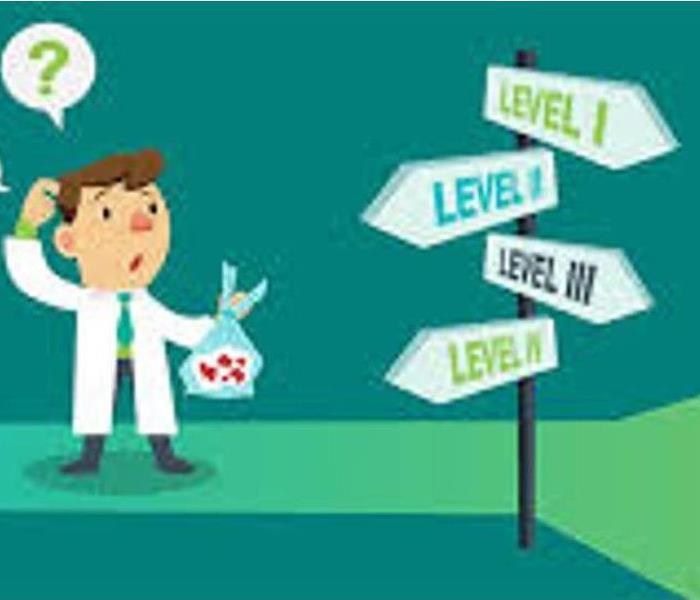What are the 4 Types of Biological Hazards, in the Workplace?
7/3/2022 (Permalink)
 While most biohazards often come from bacteria, viruses, parasites, and molds or fungi, they are further grouped into 4 major types or categories.
While most biohazards often come from bacteria, viruses, parasites, and molds or fungi, they are further grouped into 4 major types or categories.
Also referred to as biohazards, biological hazards come from any biological substances that pose risks or threats to the health of living organisms (mostly humans and animals). In the workplace, some employees are exposed to a great number of biological agents. This highlights the employers’ responsibility to help educate workers about the various types of biological hazards, the risks associated with them, and how to proactively manage exposure through comprehensive risk assessment and management.
While most biohazards often come from bacteria, viruses, parasites, and molds or fungi, they are further grouped into 4 major types or categories.
Biological agents
Some biological hazard examples under this classification include bacteria, viruses, parasites, and fungi (such as yeasts and molds). These are commonly considered harmless if kept under control, while some may cause serious risks and diseases to animals or humans like the COVID-19 virus.
Biotoxins
These refer to a group of substances with a biological origin that is toxic and poisonous to humans. Often, biotoxins are produced by plants, bacteria, insects, or certain animals, among others. Continuous exposure to these may cause, at the very least, a series of inflammatory reactions throughout the body.
Blood and blood products
While blood isn’t considered a biological hazard, it can still bring potential risks if it’s contaminated or its source is in any way infected. Also, blood products such as red blood cells, white blood cells, plasma, tissues, and platelets are also hazardous if not properly handled.
Environmental specimens
Generally, these refer to plants, soil, or water that potentially contain the first two types of biological hazards—biological agents and biotoxins.





 24/7 Emergency Service
24/7 Emergency Service